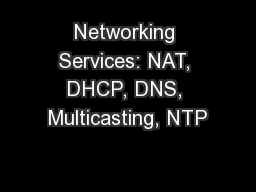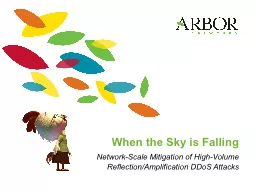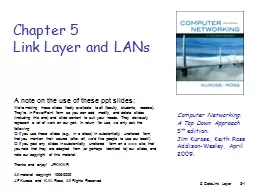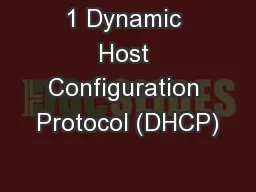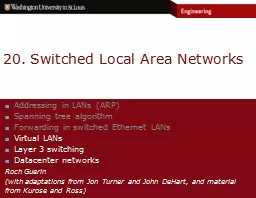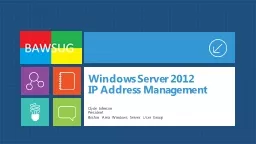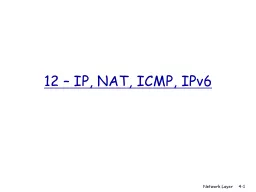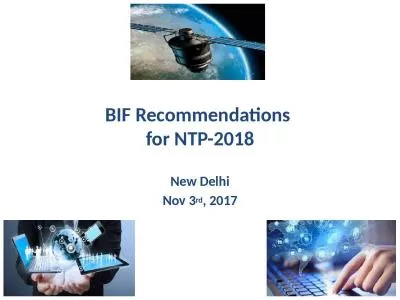PPT-Networking Services: NAT, DHCP, DNS, Multicasting, NTP
Author : stefany-barnette | Published Date : 2016-08-15
Magda El Zarki Prof of CS Univ of CA Irvine Email elzarkiuciedu http wwwicsuciedu magda Network Address Translation NAT 3 Private Network Private IP network
Presentation Embed Code
Download Presentation
Download Presentation The PPT/PDF document "Networking Services: NAT, DHCP, DNS, Mul..." is the property of its rightful owner. Permission is granted to download and print the materials on this website for personal, non-commercial use only, and to display it on your personal computer provided you do not modify the materials and that you retain all copyright notices contained in the materials. By downloading content from our website, you accept the terms of this agreement.
Networking Services: NAT, DHCP, DNS, Multicasting, NTP: Transcript
Download Rules Of Document
"Networking Services: NAT, DHCP, DNS, Multicasting, NTP"The content belongs to its owner. You may download and print it for personal use, without modification, and keep all copyright notices. By downloading, you agree to these terms.
Related Documents

